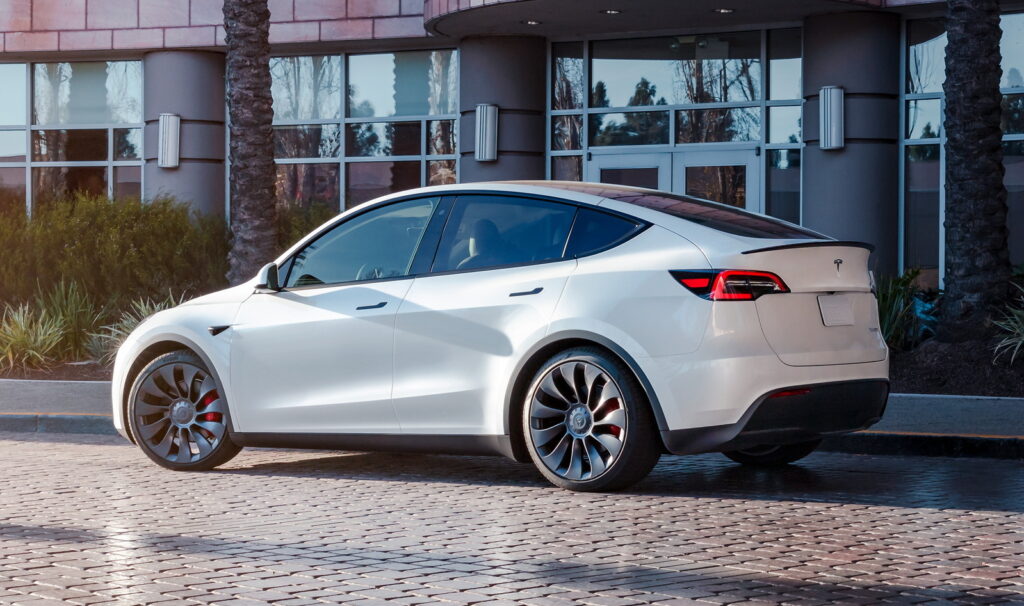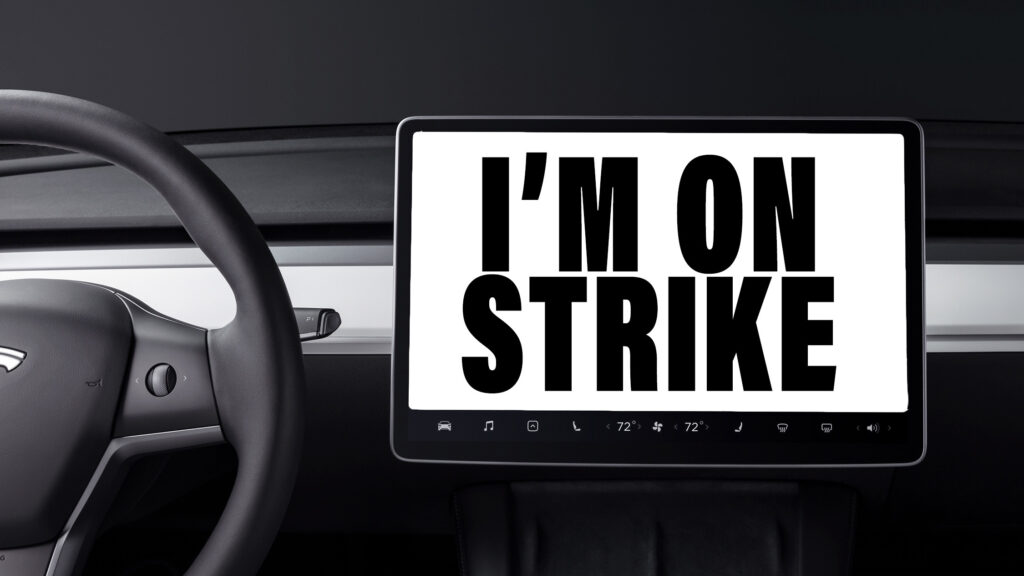Remember when Polestar unveiled its new 4 crossover and the internet went a little nuts about it not having a rear window? Those who love the way it looks claimed it didn’t need one because all cars have back-up cameras these days. But not every car has got a backup camera that actually works, as some Tesla owners have discovered.
Tesla has just announced a recall of 200,000 EVs to fix a software problem that is preventing the reversing camera from showing what’s behind the car. Having a backup camera isn’t only a convenience feature, it’s also been a legal requirement on all new cars sold in the U.S. since May 2018. Yes, even on stripped-down, track-focused cars like the Porsche 911 GT3.
Compared with the mammoth multi-million-unit recall Tesla announced late last year to modify its Autopilot system after an NHTSA ruling, this is an altogether more bijou affair and doesn’t affect all of the automaker’s model lines. Only 2023 Model S, X, and Y vehicles equipped with full self-driving computer 4.0 and certain versions of Tesla’s software are subject to the recall. No older cars or Model 3 sedans are affected.
Related: Tesla Recalling 2 Million Cars In U.S. To Make Autopilot ‘Safer

And while we – and Tesla and the NHTSA – are calling this a recall, that term means something very different in this age of over-the-air updates. It doesn’t mean Tesla service centers are about to be swamped with 2023 model cars needing to be fixed. As with the Autopilot recall, this one will be handled by a software patch.
In fact, it already is. Having first begun receiving reports in December of camera feeds, including the rear-view camera, not displaying properly, Tesla reacted quickly and began deploying over-the-air updates to a small number of affected cars and removing the software instability that was unwittingly introduced by an earlier update. By early January all other affected vehicles started receiving the new code. Tesla says it’s identified 81 warranty claims related to the defect, but has no reports of accidents or injuries resulting from owners having to actually look behind them when reversing, you know, like we used to in the old days when we were still able to turn our heads more than 20 degrees.




